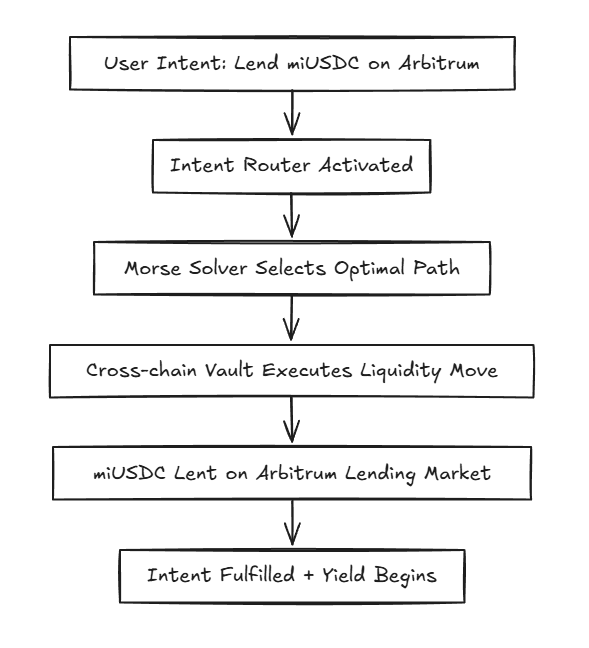Intent Routing and Liquidity Execution in Mitosis: Infrastructure for the Next Wave of Yield

Introduction
DeFi in 2025 is evolving beyond bridges and swaps. Users are no longer satisfied with isolated chains and fragmented interfaces. Mitosis introduces a radically composable infrastructure where intent-based execution and cross-chain liquidity routing are native to the protocol design.
Instead of relying on siloed protocols or gas-heavy bridge hops, Mitosis routes liquidity through a shared vault layer, governed by solver networks, abstracting yield into intents — not manual transactions.
Intent-Based Liquidity: How It Works
In Mitosis, users don’t interact with individual dApps. They express intents: "Stake ETH for restaking rewards with minimal slippage." These intents are picked up by off-chain solvers who compete to fulfill them optimally.
Execution Path:
- User signs an intent (e.g. provide ETH and maximize restaked yield)
- Solver matches that intent to optimal routes (e.g. EigenLayer AVS + Pendle)
- Liquidity is routed through shared Mitosis vaults
- Finalized execution is settled on-chain via Mitosis rollup settlement
Intent Lifecycle in Cross-Chain Execution

Yield Abstraction: Unified Vault Logic
Mitosis vaults are universal liquidity providers. All deposits (e.g. ETH, USDC, SOL) are abstracted into miAssets, which are routed across ecosystems.
Advantages:
- No manual bridging: assets live everywhere at once
- Yield composability: yield-bearing strategies stack by design
- Auto-rebalancing: solvers manage vault state across chains
Cross-Chain Yield Flow

Why This Model Wins
- Scalability: Users don’t need to learn every yield platform. Intents simplify UX.
- Security: MITO staking secures execution. Vaults are transparent and onchain.
- Capital Efficiency: One deposit = three strategies executed in parallel.



Comments ()